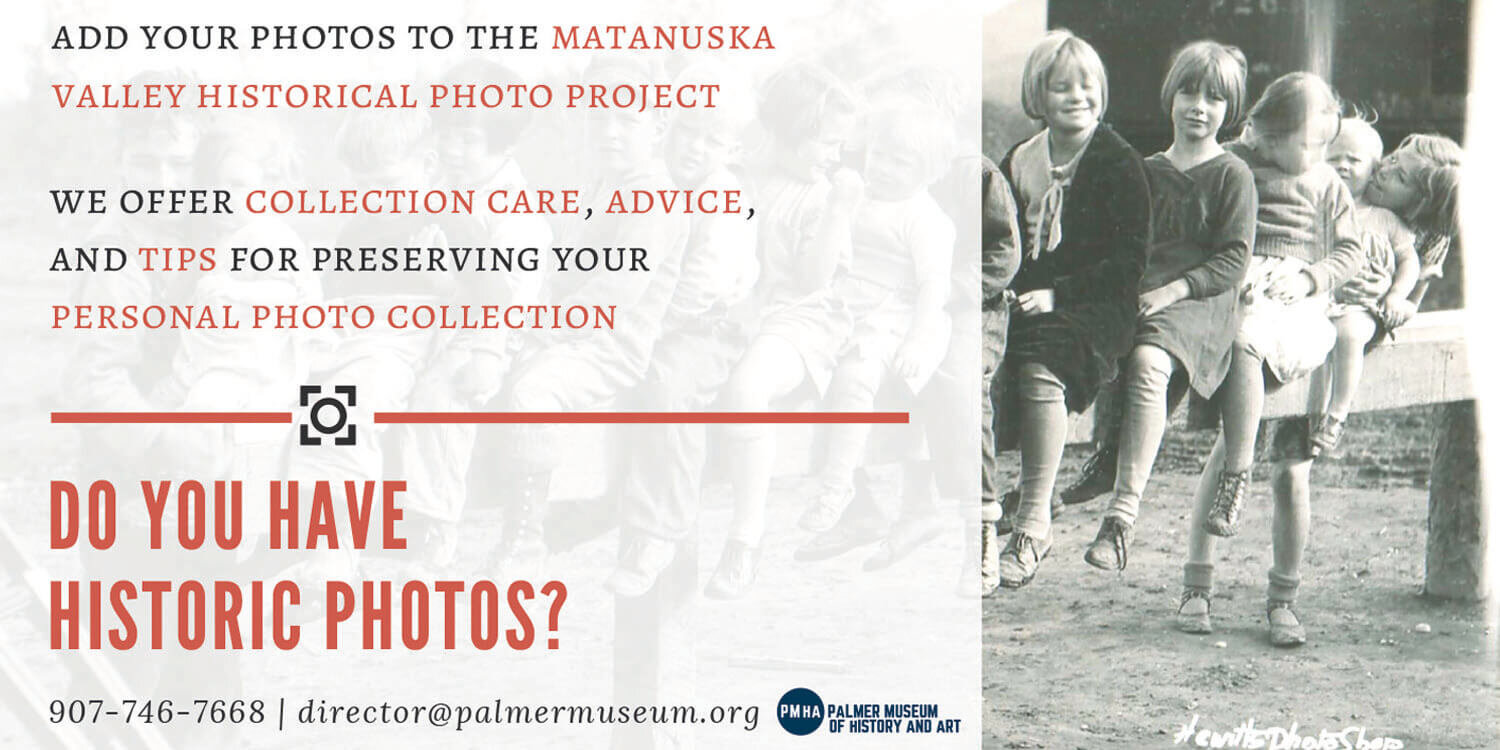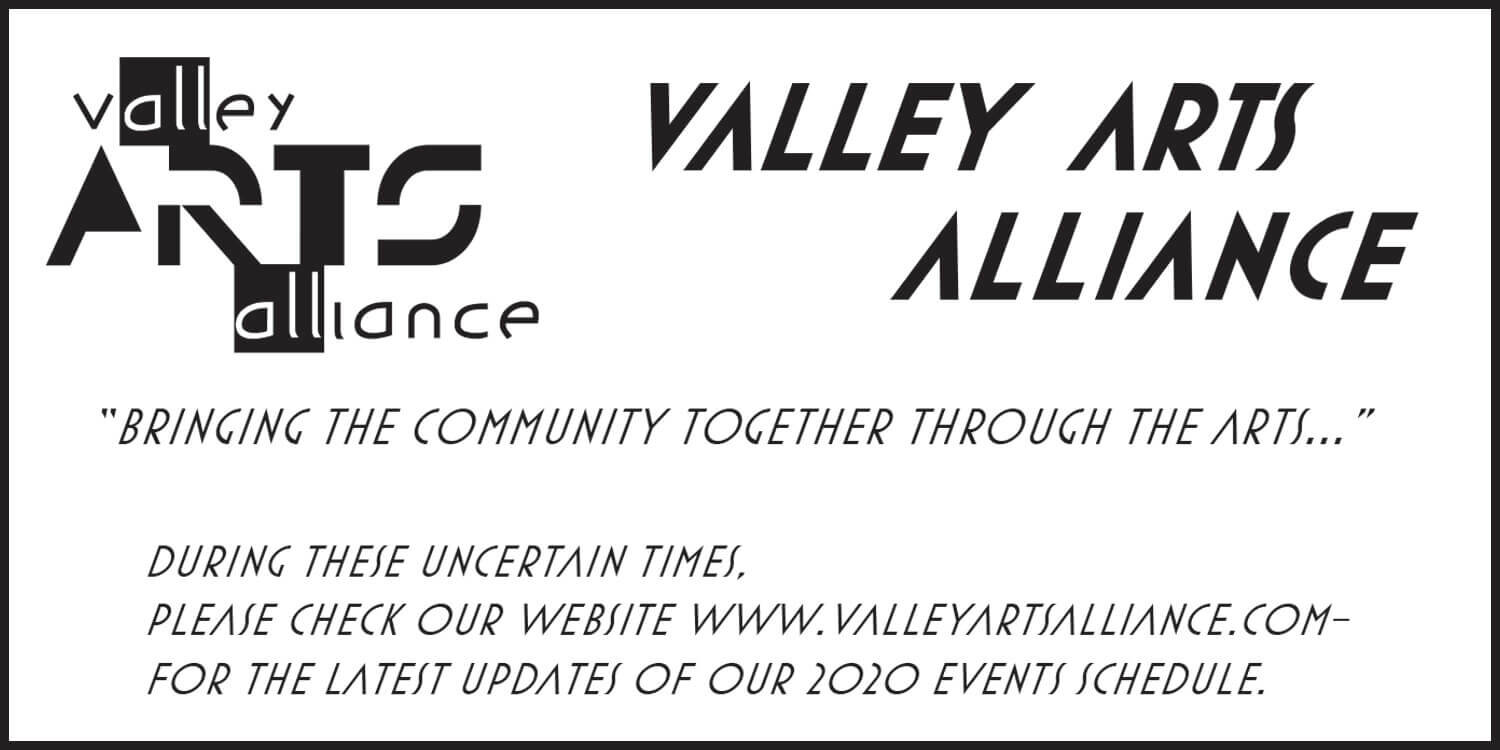Contributed by Carmen Summerfield
Did you ever want to see yourself as others see you? For a long time, I’ve wanted to make a cast or mask of my face. So when I was designing my next piece of ceramic art, I decided to incorporate my face into the piece. I had mixed emotions about this idea… It would be like presenting myself in public.
But first… where to start? Local ceramic artist, Sandra Cook, offered to make a plaster cast of my face, and explained the process. Even though I was in the hands of an expert, it was a little un-nerving and a little claustrophobic to have my eyes and mouth completely covered by plaster. For 15 long minutes, I had to breathe through a straw.
To avoid the stern look of a “death mask”, I smiled slightly, which (unfortunately) creates more wrinkles. Once the cast of my face was complete, I made a clay positive and incorporated it into my clay piece. Once the clay piece was dry, it needed to be “fired” to harden the clay and preserve the shape.
There are many ways to “fire” the clay, the most common being the standard electric kiln used by so many potters. The benefit of an electric kiln is the way that the temperature can be carefully controlled to ensure consistent results.
Other firing methods produce different results. Sandra Cook and Karen Lopez, another local ceramic artist, had been talking about pit firing. The more I researched pit firing, the more I was convinced to try it. Pit firing is one of the earliest methods of firing clay, originating thousands of years ago. It is a simple procedure, only requiring a pit and plenty of firewood.
I placed my dried clay piece (which was considered “greenware” because it had never been fired before) into the pit. Then I surrounded my clay piece with kindling, small pieces of firewood and finally larger logs. The fire was designed to burn hot and burn for several hours.
The temperature differences in pit firing cannot be controlled as well as with the standard electric kiln, so the art piece frequently does not survive the firing intact. So I was apprehensive until the fire burned out and my clay piece cooled. Fortunately, my art made it through the pit firing intact. Afterward, I finished it with a coat of wax to bring out the different colors created by the pit firing method.
Thank you Sandra and Karen for inspiring me to experiment! For more info, see www.ValleyArtsAlliance.com.
















































